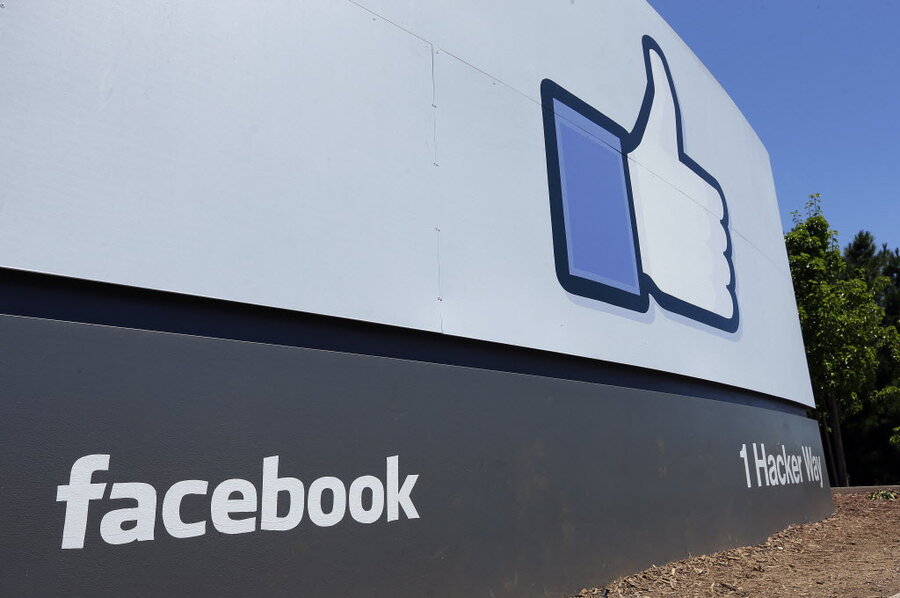Facebook for Every Phone app reaches more than 100 million users
Loading...
The Facebook for Every Phone application reached more than 100 million users, according to an announcement last week from the company. The application runs on more than 3,000 different types of feature phones, and uses less data than other mobile sites, making it more affordable.
Facebook for Every Phone has been around since 2011, when Facebook purchased Snaptu, an Israeli mobile software company that connected low-tech phones to the Internet.
“Facebook for Every Phone enables people around the globe to connect ... no matter what kind of mobile device they use,” writes Facebook’s growth manager Ran Makavy in a statement.
And making Facebook available on feature phones is essential to keeping the social networking site growing.
While the number of new users registering on Facebook in North America and Europe has been on the decline, there has been a notable rise in the number of Facebook users in southeast Asia. Right now, Vietnam is home to Facebook’s fastest growing market with a 21.6 percent growth rate in the past three months. In the same time period, more than 2.3 million people in Vietnam joined the social networking site, according to a survey by Jana, a global technology research group.
But Facebook had to shift its marketing techniques to appeal to a new and changing group of people.
“Sometimes, [users] never go to the desktop at all,” Kirthiga Reddy, director of online operations for Facebook in India, told Fast Company.
The majority of Internet users in countries such as India, Indonesia, the Philippines, and Vietnam rely on their mobile devices, rather than computers to access the Web. But most of these phones are feature phones that operate on a pay-as-you-go system, rather than smart phones with app capabilities. (For those that forgot the cellphones of the mid-2000s, feature phones have native apps, and Internet capabilities – think Motorola’s Razr or Nokia’s Lumia 928.)
This means that Facebook's smart-phone app does not work on such phones, and that Internet browsing takes a considerable amount of battery life. Enter Facebook for Every Phone, which uses battery life more efficiently so that browsing through the social network does not exhaust the phone, or its user's budget (for those who pay by the amount of data downloaded).
However, Facebook is still trying to adjust its advertising model from traditional desktop and smart-phone devices to feature phones. Facebook makes $1.79 a year off an average user in Asia, thanks mostly to advertising, whereas in the United States, the company brings in $9.51 from an average user. And since Facebook users in India are likely to surpass US totals in the next several years, Facebook's next innovation will have to address how low-budget apps can not only bring in big user numbers, but also how they can turn a larger profit.
In the last financial quarter, more than 53 percent of Facebook's revenue came outside of the United States and Canada. And since the majority of Facebook's money comes from advertising, finding a way to fit ads in the feature phone apps will likely be a top priority for the company in the coming months.








